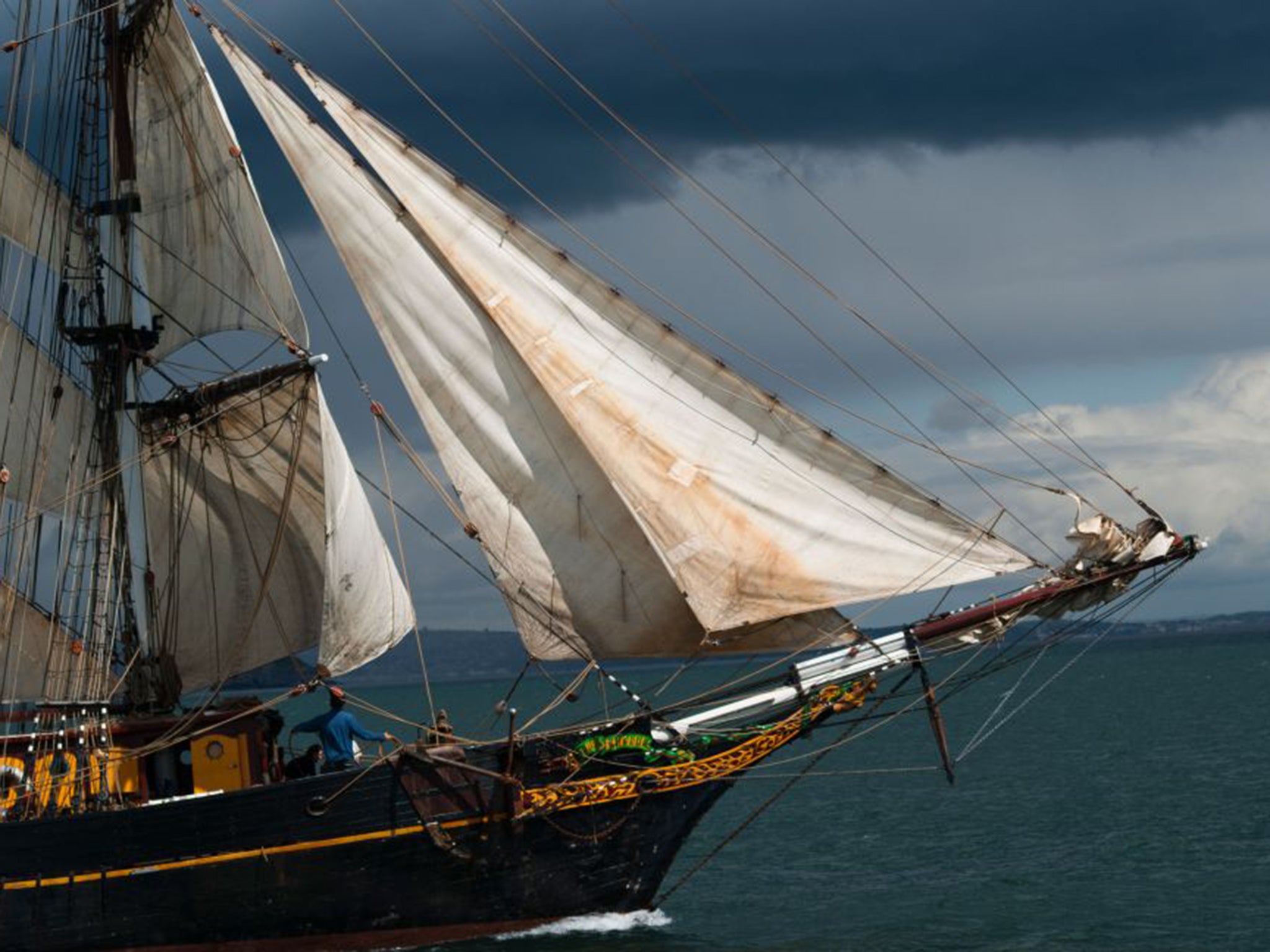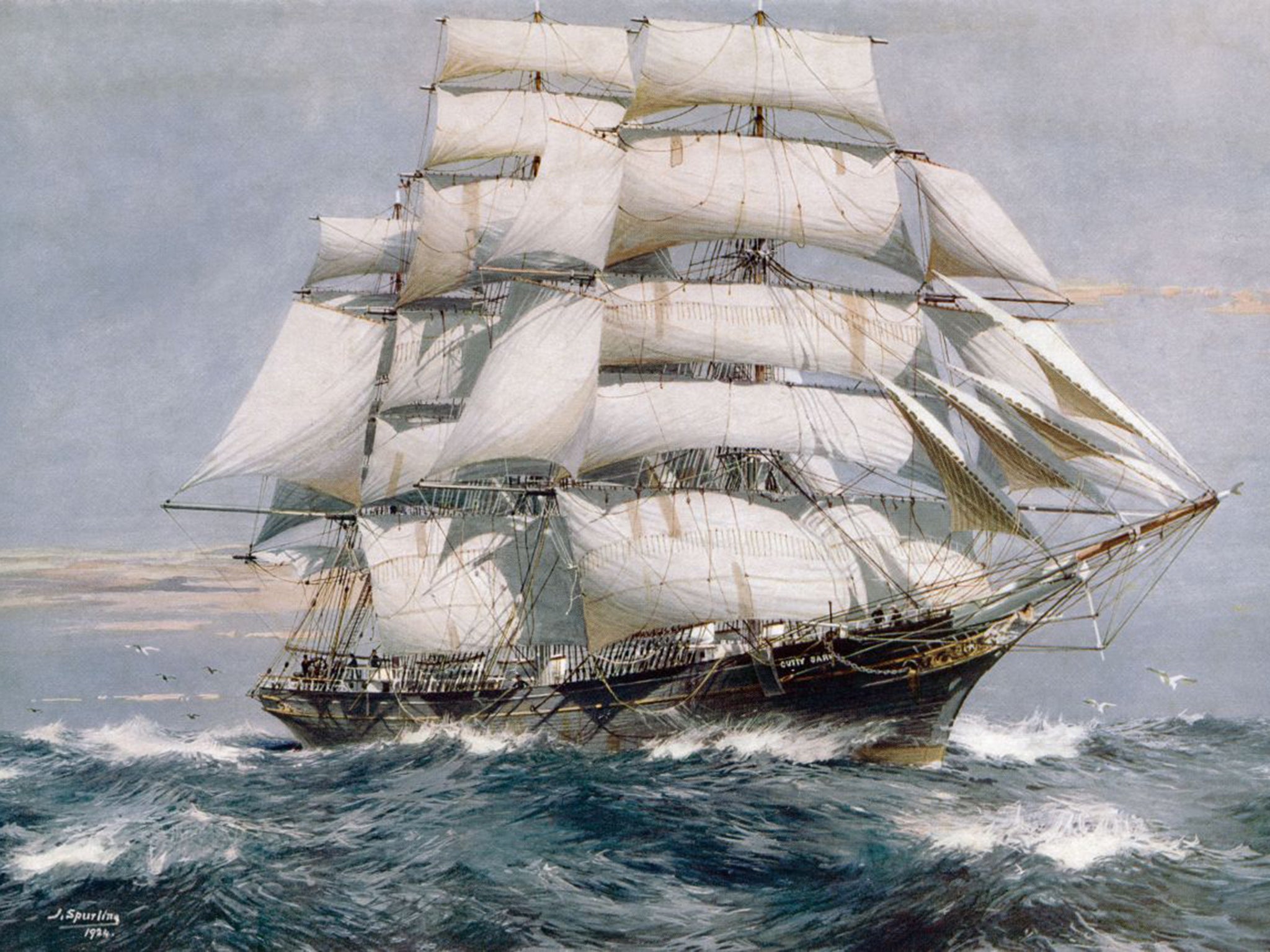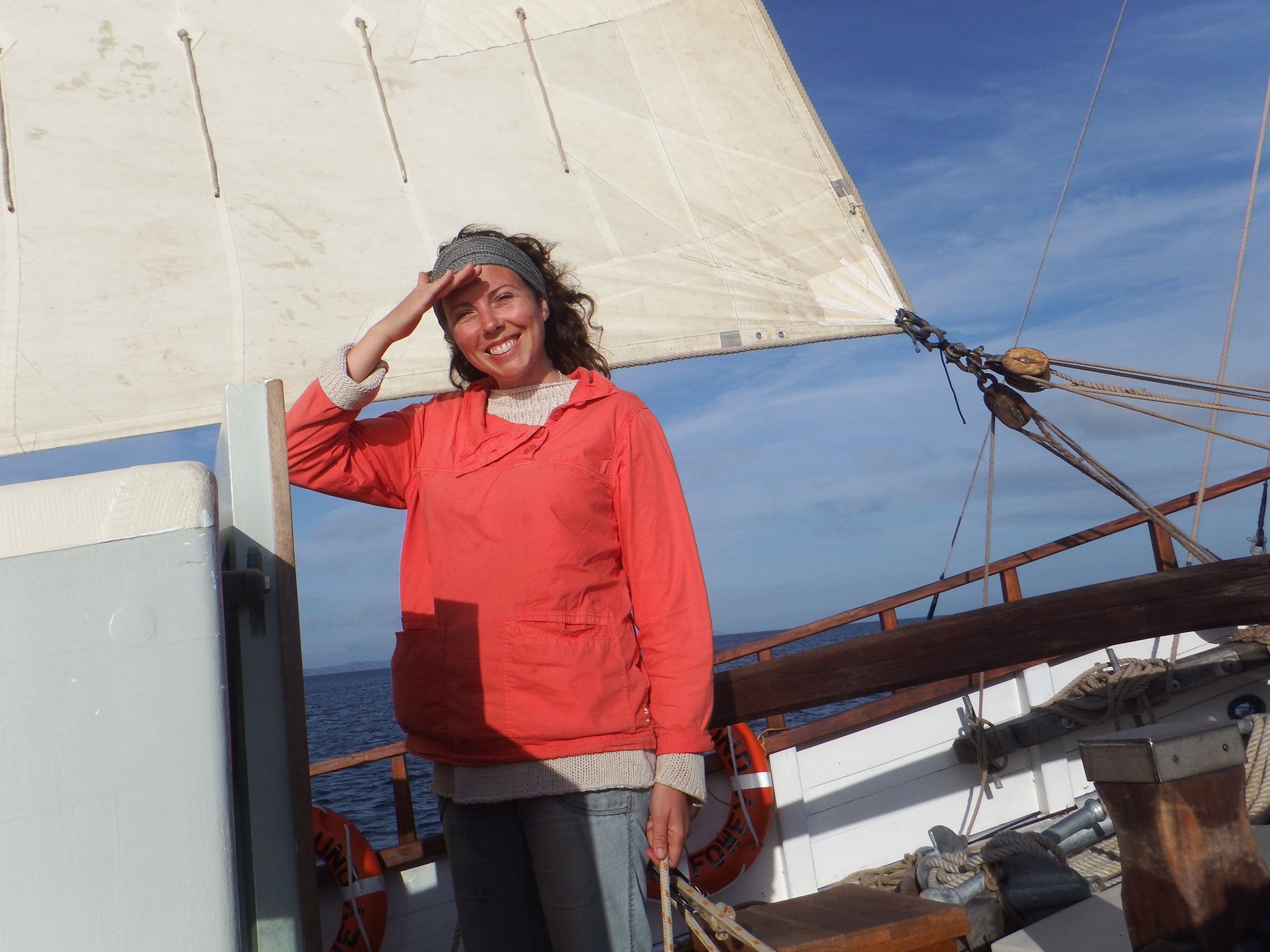Sailing ships back in vogue as a green alternative to conventional shipping
More goods are being shipped under canvas as consumers object to pollution from container vessels

Your support helps us to tell the story
From reproductive rights to climate change to Big Tech, The Independent is on the ground when the story is developing. Whether it's investigating the financials of Elon Musk's pro-Trump PAC or producing our latest documentary, 'The A Word', which shines a light on the American women fighting for reproductive rights, we know how important it is to parse out the facts from the messaging.
At such a critical moment in US history, we need reporters on the ground. Your donation allows us to keep sending journalists to speak to both sides of the story.
The Independent is trusted by Americans across the entire political spectrum. And unlike many other quality news outlets, we choose not to lock Americans out of our reporting and analysis with paywalls. We believe quality journalism should be available to everyone, paid for by those who can afford it.
Your support makes all the difference.One of the world’s oldest methods of transporting goods is making an unlikely comeback. Sailing ships, which kept the British Empire in tea, sugar and tobacco, are back in vogue as a green alternative to conventional shipping.
Wine, coffee, cacao beans and rum are among the items filling holds on a growing number of ships that are reviving old trade routes more than a century after the advent of steam engines ended the golden age of sail.
Restaurants such as Noma in Denmark and eco chef Tom Hunt’s Poco, which has branches in Bristol and London, sell wine that arrived under sail. New Dawn Traders, an organisation set up by Jamie Pike, a Bristol-based environmentalist, to transport goods using wind power, imports rum, chocolate and coffee on a Dutch ship, Tres Hombres. “Our aspirations are beyond just trading. We want to inspire people; to reconnect consumers with producers,” said Mr Pike.
Martyn Heighton, head of National Historic Ships, an advisory body that reports to the Department for Culture, Media & Sport, thinks the market will expand. “There is growing trade for symbolic cargos,” he said.
Five years after Guillaume Le Grand, who runs the French sailing freight company Wind Transport (TOWT), first spotted the possible “marketing leverage”, the 12 ships he uses carry 155 tons of cargo a year. Even with predicted growth of 50 per cent this year, he acknowledges their freight efforts are “a drop in the ocean”, but added: “People have a growing interest in wind power.”

One of the ships TOWT uses is Grayhound, a lugger which was built by a British couple, Freya and Marcus Pomeroy-Rowden, in 2011 and can carry five tons of cargo. “We work with small family businesses in France and the west of England. We take Devon and Cornish ale over to France and bring back wine,” said Mrs Pomeroy-Rowden.
Jorne Langelaan, a former captain who set up the Dutch shipping company Fairtransport, which owns Tres Hombres, hopes that drawing attention to how goods are transported will prompt people to think more about how much they are buying. “Pollution from motor shipping is enormous, but indirect environmental damage, because it’s so cheap to send goods by container ship [that people buy more and more products], is even worse,” he said.
One of the ships his company uses, Nordlys, was built in 1873, which makes her the “oldest cargo vessel still sailing in the newest business to be developed”, he added. Although wind is free, the labour-intensive nature of the industry means goods imported under sail will always be more expensive. But Mr Le Grand estimates that the additional cost on a €6 (£4.60) bottle of wine is only about 30 cents.

“It is way cheaper in the long run if you calculate the people who don’t die because of lung disease caused by emissions and the possibilities of reducing climate change,” Mr Langelaan said. Scientists have estimated that the biggest 15 container ships in the world create as much pollution as all the cars on the planet.
Other wind-powered cargo initiatives around the world include the Vermont Sail Freight Project and the Sail Transport Network in the US, and Fiji’s Greenheart Project.
Join our commenting forum
Join thought-provoking conversations, follow other Independent readers and see their replies
0Comments